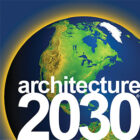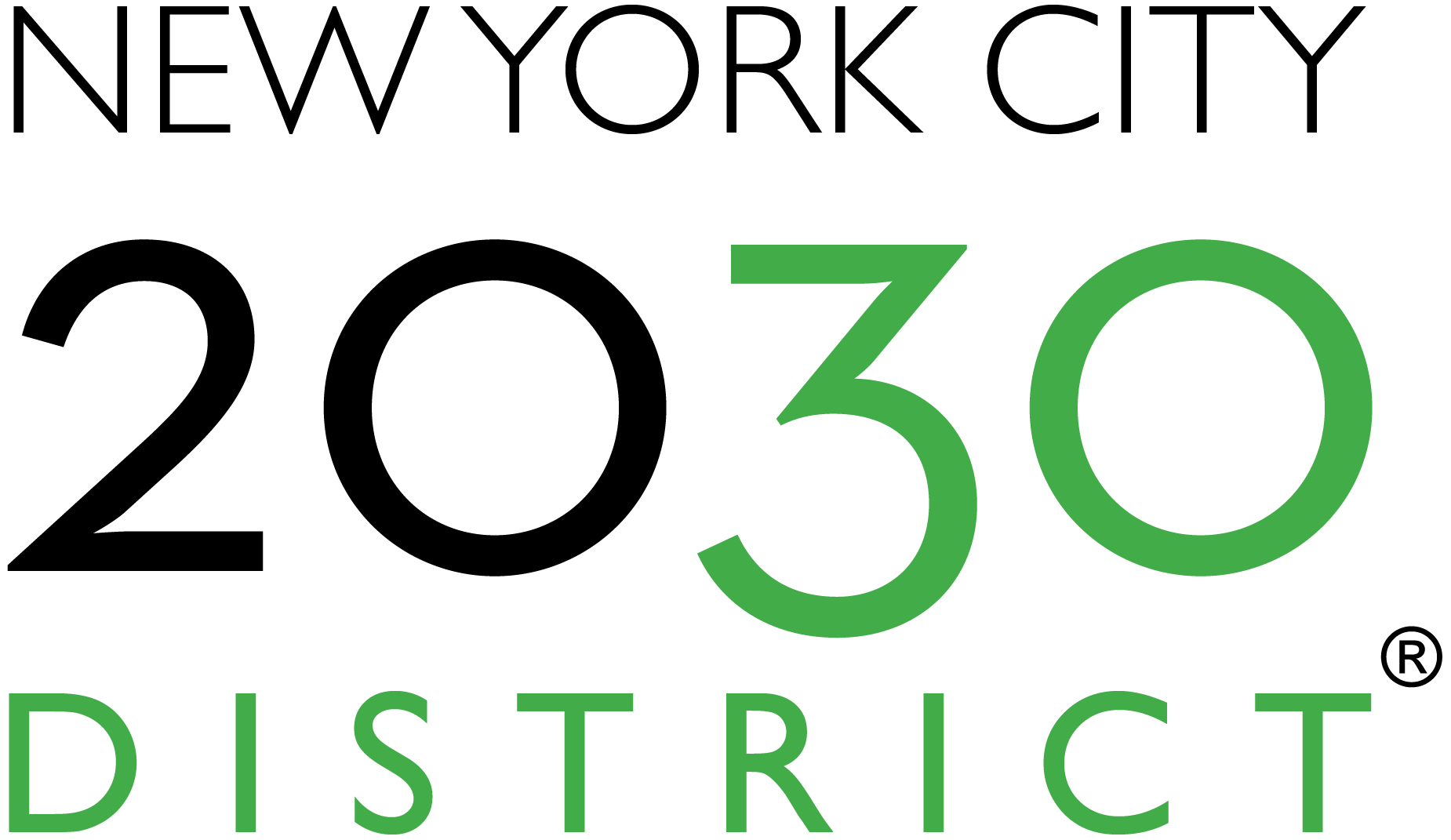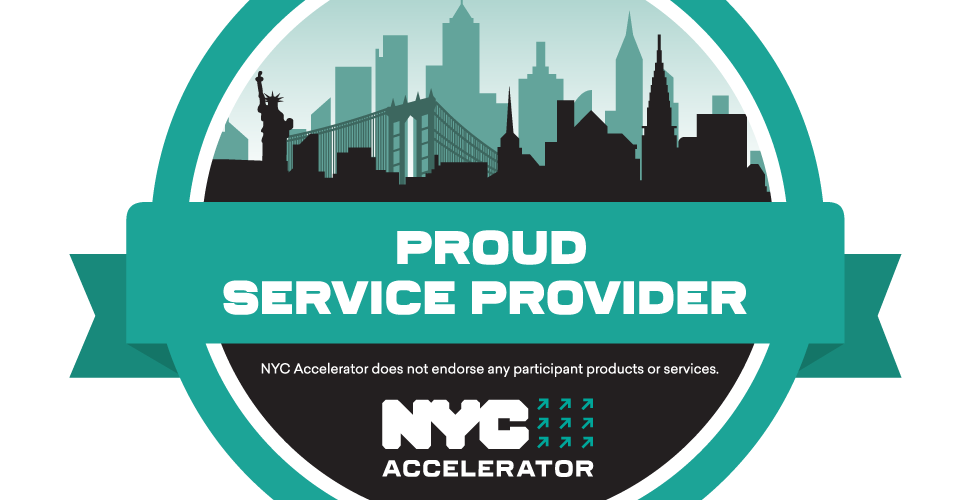NYC2030 Summary
NYC 2030 District (NYC2030) is a nonprofit private-public climate action partnership, one of over 20 such districts in North America. NYC2030 is a catalyst to collaboratively advance sustainable and resilient projects, programs and practices at the local level.
Harnessing the full potential of sustainability in a targeted district will achieve greater and more equitable prosperity, energy security, and climate protection for New York City and beyond. NYC2030 will advance the goals of NYC’s Climate Mobilization Act and NY State’s Climate Leadership and Community Protection Act.
We will provide important resources, enabling community benefits, energy cost savings and improved property values for our stakeholder partners while demonstrating how to mitigate and adapt to climate change on an urban scale.
NYC2030 is part of the 2030 Districts Network® which works toward dramatic greenhouse gas reductions from buildings and cities through a shared vision of sustainability, environmental justice and economic growth. Districts encompass over 600 million SF of pledged real estate, and cooperate in a vibrant alliance. Working at the district scale, we engage in focused programs to develop replicable and scalable solutions.
Latest News
Events
Achieving District-Wide Goals Together
by the year 2040
2030 Districts are meeting incremental reduction targets for new and existing buildings set by the 2030 Challenge for Planning, which was issued by Architecture 2030, a non-profit organization committed to transforming the built environment from a major contributor of greenhouse gas emissions to a central part of the climate crisis solution.

Private-Public Partnerships
2030 Districts are organizations led by the private sector, with local building industry leaders uniting around a shared vision for sustainability and economic growth – while aligning with local community groups and government to achieve significant energy, water, and emissions reductions within our commercial cores.
Property owner/manager/developers join a local 2030 District to help them make significant changes to their properties to create reductions necessary to transition to a low carbon economy.















